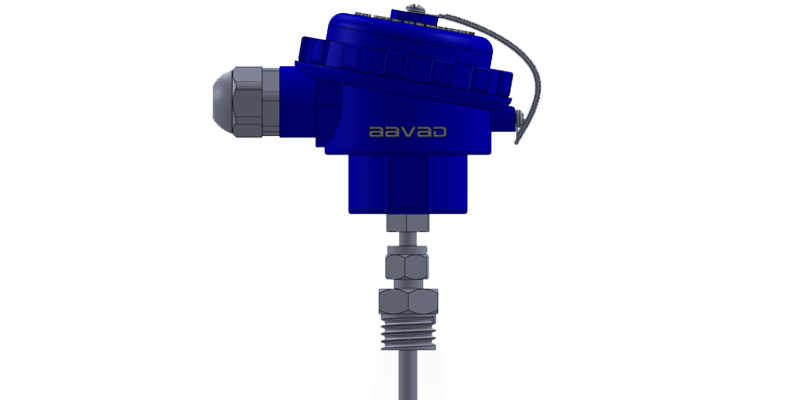
Introduction: Accurate temperature measurement is critical in various scientific, industrial, and technological applications. When it comes to extreme cold environments, such as those found in polar regions, high-altitude locations, or even space, conventional thermometers often fail to provide accurate readings. In such scenarios, electrical thermometers offer a viable solution due to their ability to measure temperatures down to extremely low levels, such as -60°C and beyond. This blog post delves into the workings of electrical thermometers and how they can be utilized for precise measurements in frigid conditions.
Understanding Electrical Thermometers:
- Principles of Operation: Electrical thermometers, also known as resistance temperature detectors (RTDs) or thermistors, rely on the change in electrical resistance of materials with temperature fluctuations. RTDs utilize the resistance change in metals like platinum, while thermistors utilize the temperature-dependent resistance of semiconductor materials.
- RTDs and Thermistors: RTDs offer higher accuracy and stability but may be limited in their low-temperature capabilities. Thermistors, on the other hand, can perform well at low temperatures and are often preferred for extreme-cold applications.
Challenges of Measuring Extremely Low Temperatures:
- Calibration and Accuracy: At temperatures as low as -60°C, standard calibration methods may not be applicable. Specialized calibration procedures and equipment are necessary to ensure accurate measurements.
- Material Selection: Selecting the right RTD or thermistor material is crucial. Materials must exhibit consistent and predictable resistance-temperature behavior, even at extreme cold temperatures.
Applications:
- Polar Research: Researchers studying polar regions often encounter temperatures well below -60°C. Electrical thermometers can provide crucial data for understanding environmental changes and their impacts on these regions.
- Space Exploration: Space missions involve exposure to temperature extremes. Accurate temperature measurement is essential for the proper functioning of instruments, spacecraft components, and astronaut gear.
- Cryogenic Industries: Industries dealing with liquefied gases and superconductors require precise temperature monitoring. Electrical thermometers are invaluable in maintaining the stability of these processes.
Technological Advancements:
- Miniaturization: Advancements in microfabrication techniques have led to the development of miniature electrical thermometers suitable for integration into compact devices and electronic systems.
- Wireless Connectivity: Incorporating wireless technology allows remote monitoring of temperatures in harsh environments without risking human exposure.
Case Study: Cold Temperature Data Collection:
Discuss a specific research expedition, space mission, or industrial project where electrical thermometers were employed to gather critical temperature data at temperatures around -60°C.
Conclusion:
Electrical thermometers have revolutionized temperature measurement in extreme cold environments, enabling researchers, industries, and space agencies to gather accurate data and make informed decisions. As technology continues to advance, these thermometers will play an increasingly vital role in our ability to explore, study, and thrive in the harshest conditions our planet and universe have to offer.











